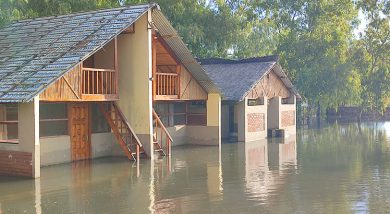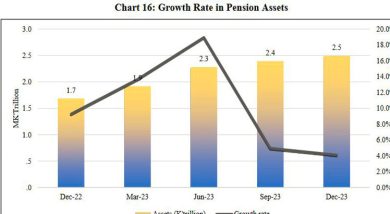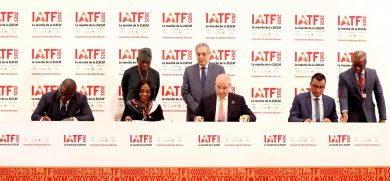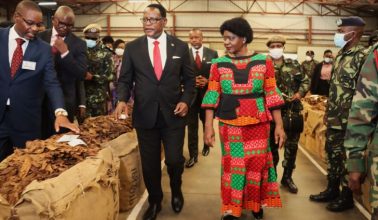ESCOM turns to Zambia, MOZ towns for power
At a time Electricity Supply Corporation of Malawi (Escom) is load shedding extensively, the power supplier says plans are at an advanced stage to start importing power from the border towns of Zambia and Mozambique.
Due to lower water levels in Shire River—the main source of hydropower for Escom—generation capacity is at between 210 megawatts (MW) to 250MW against the installed capacity of 351.5MW.
In a written response to a questionnaire on Tuesday, Escom public relations officer George Mituka said in the short-term, Escom plans to import power through connection, at distribution level, from Mozambique border towns near Mlangeni in Ntcheu and Chiponde in Mangochi and from Chipata in Zambia.
In the long-term, Mituka said Escom is eying Malawi-Zambia, Malawi-Mozambique interconnection deals for electricity, adding that already, Malawi-Mozambique interconnection is on track while negotiations on the Zambia-Malawi deal are underway.
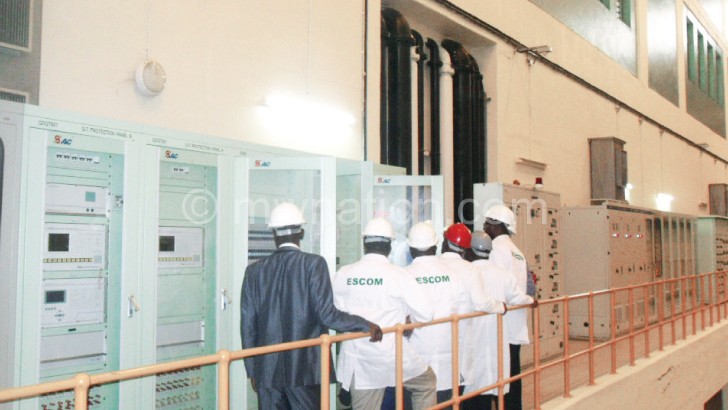
“Escom will be importing electrical energy through connection, at distribution level as follows to increase available capacity with Mozambique border towns near Mlangeni in Ntcheu and Chiponde in Mangochi and Zambia border at Chipata,” he said.
On the project of generators the sole power supplier announced will be implemented to offset the impact of load shedding, Mituka said they are just waiting to commission the Mzuzu diesel-powered generator while in Blantyre, commissioning of the generator might take long.
“We are at an advanced stage with the Mzuzu project. Tendering for the construction and commissioning of the generators was done and evaluation of the tenders was also done. We are in the offering stage. The Blantyre 20MW project will take more time as it is being handled together with the Lilongwe phase two 10MW project.
“The evening load shedding would have been worse if it were not for the 10MW from the diesel generator. This [the generator] has reduced load shedding in the Central Region which was due to transmission constraints because Lilongwe generators are feeding direct into the system,” he said.
In a separate interview on Tuesday, Ministry of Natural Resources, Energy and Mining spokesperson responsible for energy issues Joseph Kalowekamo said government has devised alternative sources of energy to compliment hydropower generation, which is being hindered by shortage of water due to climate change.
“We are in the final stages of getting a loan from the Chinese Government through the Exim Bank. If all goes according to plan, construction of 300 MW coal-fired power plant should commence before the end of this year.
“Feasibility studies are, however, still going on at Mpatamanja, Kholombidzo and Lower Fufu, and once the studies are completed next year, we will invite companies to develop these hydropower stations, which should generate 700MW,” he said.
Some industry players have told Business News that the dry spell that the country experienced has prompted them to shift their production to off-peak hours and during weekends.


